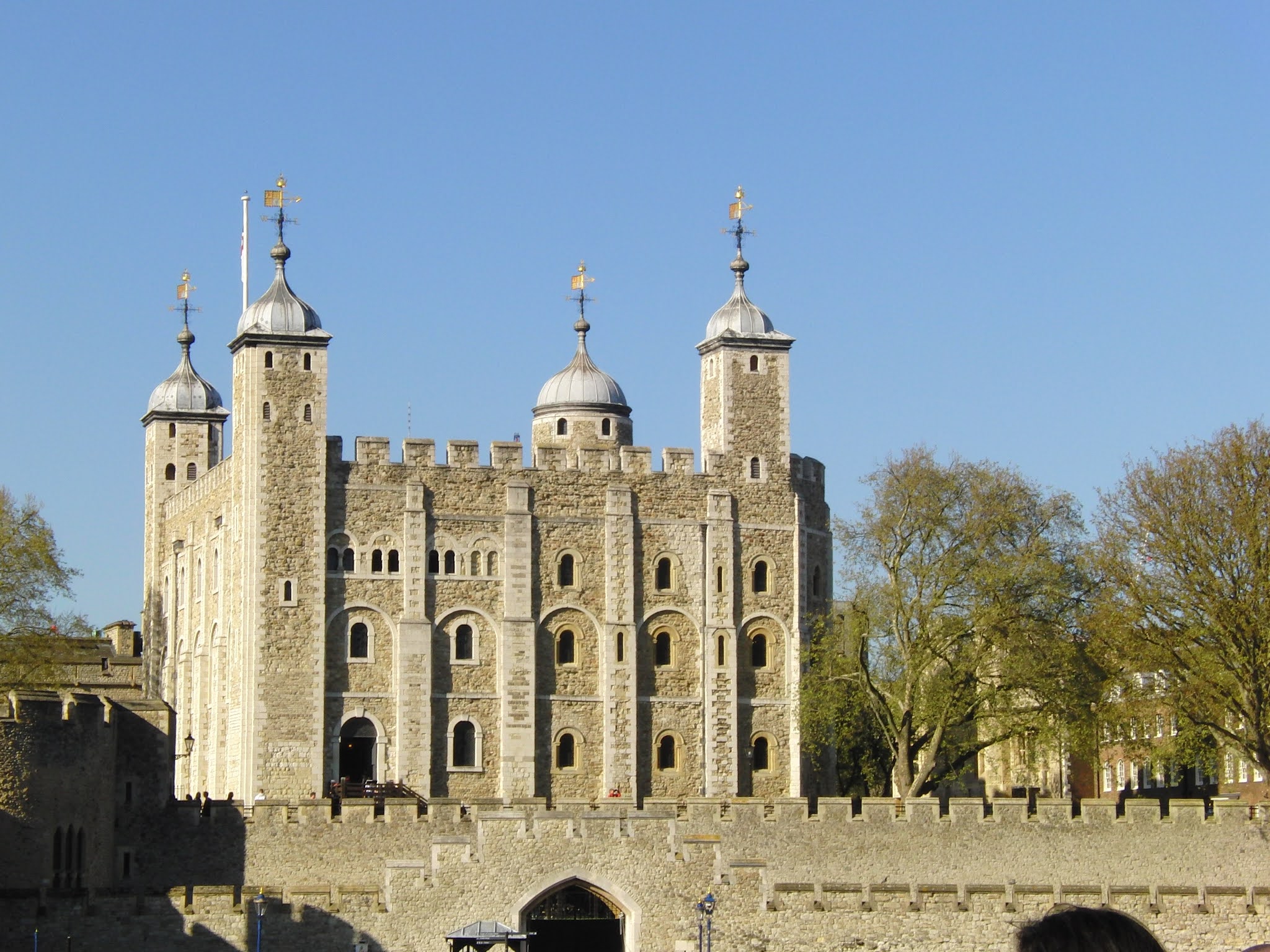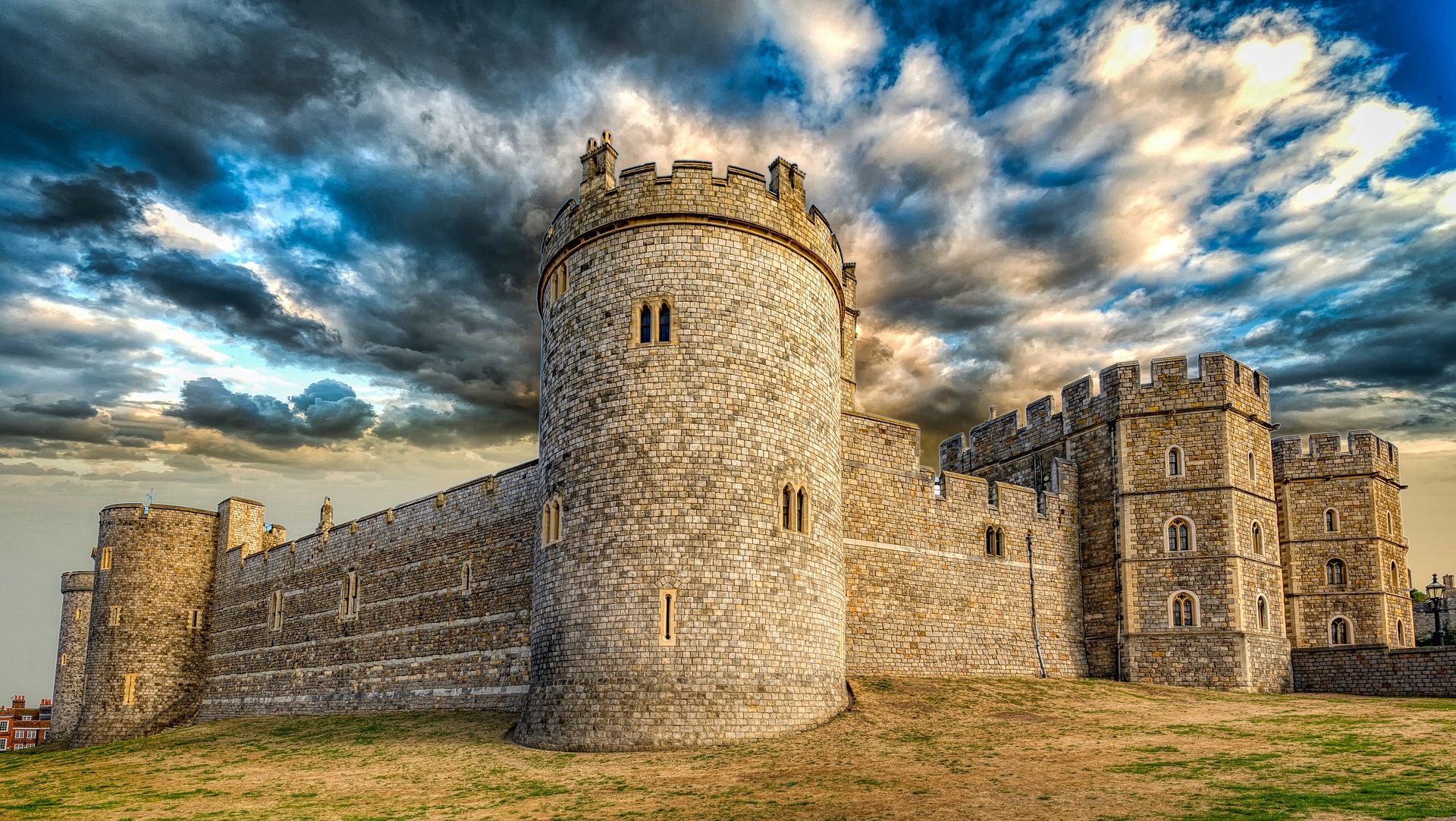Tower of London, Tower, Royal Castle and Landmark of London. Its buildings and grounds have historically served as a royal palace, a political prison, a dungeon, an armoury, a royal mint, A public records office and manager
It is located on the west bank of the River Thames at the western end of Tower Hamlets, bordering central London. After his coronation (Christmas 1066), he began building forts on the site to dominate the aboriginal trading community and to control access to London's upper pool. 19th century. The Central Warehouse, also known as the White Tower, was founded around 1078 inside the ancient Roman city wall and was built of limestone from Cain in Normandy.
The Central Warehouse, also known as the White Tower, was founded around 1078 inside the ancient Roman city wall and was built of limestone from Cain in Normandy. The inner "screen" consists of 13 towers around the White Tower, the most common of which are Bloody Tower, Beauchamp Tower and Wakefield Tower. The inner "screen" consists of 13 towers around the White Tower, the most common of which are Bloody Tower, Beauchamp Tower and Wakefield Tower. The outer screen is surrounded by a moat that was originally fed by the Thames but has been drained since 1843. Artillery is hugged to the wall outside the canal; Other than that, modern artillery pieces are traditionally fired on state occasions.
The only entrance to this land is on the southwest corner of town. The total complex of these buildings covers 18 acres / 7 hectares. While the river was still a major highway in London, the 13th-century watergate was widely used. Its nickname, Traitor's Gate, is derived from the prisoners brought to the tower. It was used as a government prison for a long time. As well as the arsenal now in possession of the White Tower, there was a brick building later in the 17th century, and weapons and armor from the Middle Ages to the Modern Age. The tower was maintained in the 17th century by the Royal Manager (Lion Tower) from the 13th century to 1834. Many slaves were publicly killed in front of Tower Hill and Tower Greene outside the palace.
Among those killed were Sir Simon Burley (c. 1388), an adviser and mentor to Richard II; Head of State Edmund Dudley (1510); The philanthropist Sir Thomas More (1535); Nen Boleyn (1536), second wife of Henry VIII; Lady Jane Gray and her husband, Lord Guildford Dudley (1554); Lord Simon Fraser (1747), 11th Lord Lovatt, a Jacobite leader of Scotland. During World War I, several spies were shot dead. Princess Elizabeth (later Elizabeth I), suspected of conspiracy, was another notable prisoner. Soldier and conspirator Guy Fox; Adventurous Sir Walter Riley; Sir Roger Casement arrested on charges of treason during World War I.
The last time King Edward V, a teenager, and his younger brother were seen in the tower was in 1483 before they disappeared and were killed. Until 1994, The British crowns, jewelery and regalia were kept in an underground jewelry mansion, which is now housed in a more spacious underground facility. Renovations were made in various parts of the tower during the 1990s, especially in the medieval Wakefield and St. Thomas towers. Inside the tower is a military stronghold, the territory of which has "freedom" outside the jurisdiction of the local courts. A constable always holds it on behalf of the Sovereign.
There is a resident governor who lives in the Queen's House in Tower Greene in the 16th century and is in charge of the youth wards, popularly known as the "Beefteachers". TThey still wear Tudor uniforms and work in the tower, and it is their responsibility to guide 2 million to 3 million annual visitors. A raven with raven wings is kept on the ground by Yemeni ravens; According to the tradition of King Charles II (reigned 1660-85), if the raven left the tower, the fort and the kingdom would collapse.
Tower Bridge (1894) near the Tower is the only central city bridge across the Thames below London Bridge.The fort was declared a UNESCO World Heritage Site in 1988.






0 Comments